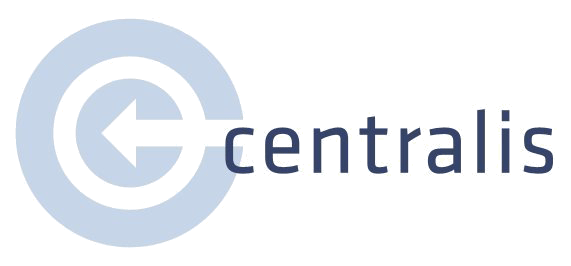Home > What We Offer > Evaluative Research > Tree Testing
Put your website’s structure to the test.
Tree testing helps you understand the strengths and weaknesses of your information architecture. Real users are asked to locate information in an abstracted “tree” that represents either your current or proposed site structure. Through this we can identify what information and categories are easy to locate, and which do not perform well. As a result, you can refine your information architecture to help users find what they need on your site.
We help answer questions like:
Where do people seek out information on a given topic?
Which navigation categories are performing well? Poorly?
How quickly can people find information on our site?
Why aren’t people visiting a specific site area?
Do users understand the terms we use in our navigation?
Is our proposed new structure an improvement over what we have today?
What can I expect from tree testing with Centralis?
Whether you're evaluating a current structure or exploring future options, you’ll receive concrete guidance for organizing your information so users can accomplish their goals.
Scientific Rigor
Our years of research experience inform an intense and thorough analytical process, helping us uncover trends that our clients may not discover on their own.
Comparative Analysis
We recommend testing more than one tree at a time so that we can determine which one is better, and why.
Advanced Tools
We use an online tool to facilitate testing and analyze the resulting quantitative data, often in conjunction with qualitative data gathered from moderated tests.
Informed Recommendations
After analysis, we give you actionable recommendations to ensure that users can accomplish key tasks quickly and easily.
- Centralis Client
FAQs about Tree Testing
When should I use tree testing?
Tree testing is useful whenever you have questions about the ability of users to find information and complete processes on your site. It often follows card sorting studies, to test the categories that you determined in that phase.
Can I submit multiple proposed structures for tree testing?
We encourage testing multiple structures! This allows you to see which information architectures are more successful than others, and why.
Will participants see my actual website?
Participants will only see the tree structure we use to model your website. One major benefit of tree testing is that it removes all other design variables, focusing our data on just your navigation and information architecture.
How will the tree testing data be analyzed?
We conduct a holistic analysis of the tree tests, evaluating not just how users performed but also the overall quality of the tree. If certain categories attract more wrong answers, we note that extra noise in assessing the success of the structure.
How many participants is “enough”?
It depends on the format; for unmoderated testing, anywhere from 30 to 500+ people will provide sufficient data. We recommend combining moderated (typically 8-12 participants) and unmoderated tree testing, so you can reach a large sample size while still obtaining qualitative context.
How else can information architecture be evaluated?
When evaluating an existing structure, tree testing is ideal because it demonstrates how users interact with your content and navigation. If you’re starting from scratch or initiating a redesign, we recommend card sorting, as it lets your users decide which categories you should use.
More questions about tree testing?
Tree Testing in Action
Case Study: Forest for the Trees
UnitedHealthcare knew that users were struggling to locate content on their website. The team had several ideas about how they could better structure the site, but they needed guidance for determining which option would best serve their users.
Why Centralis
We have more than 20 years of experience and the numbers to prove it:
difference in orienting us as we prepare to design and develop our website."
- Centralis Client









